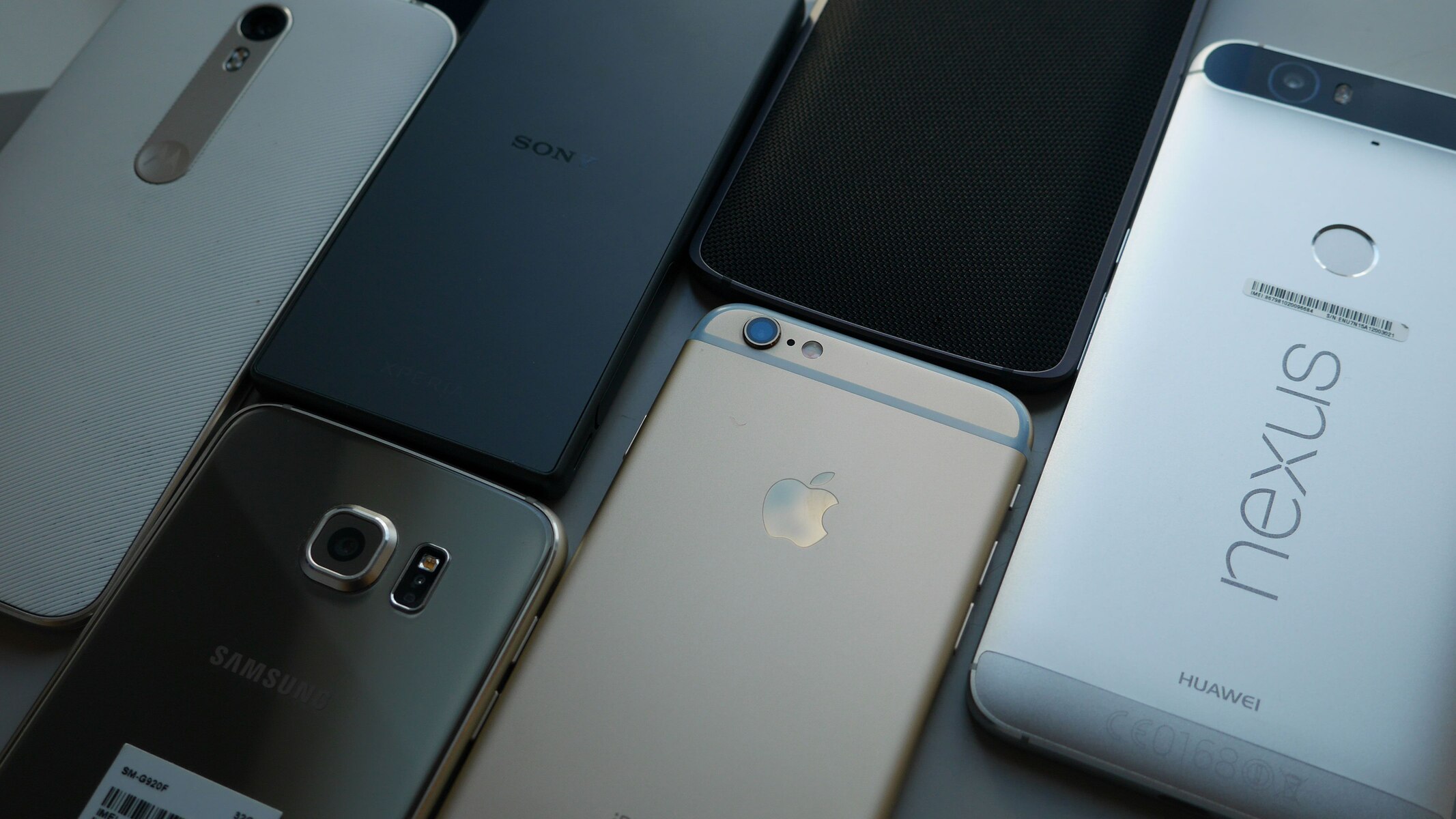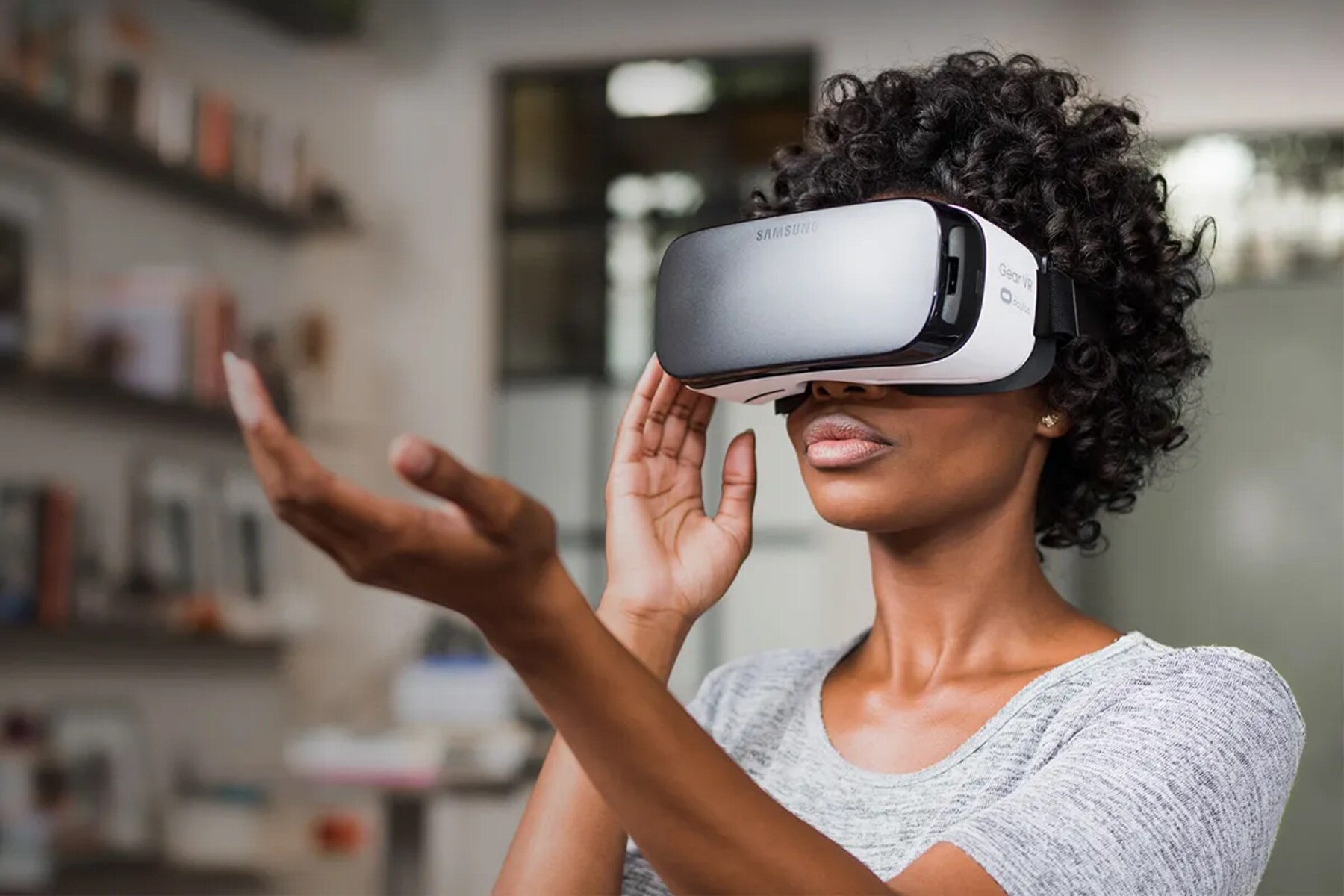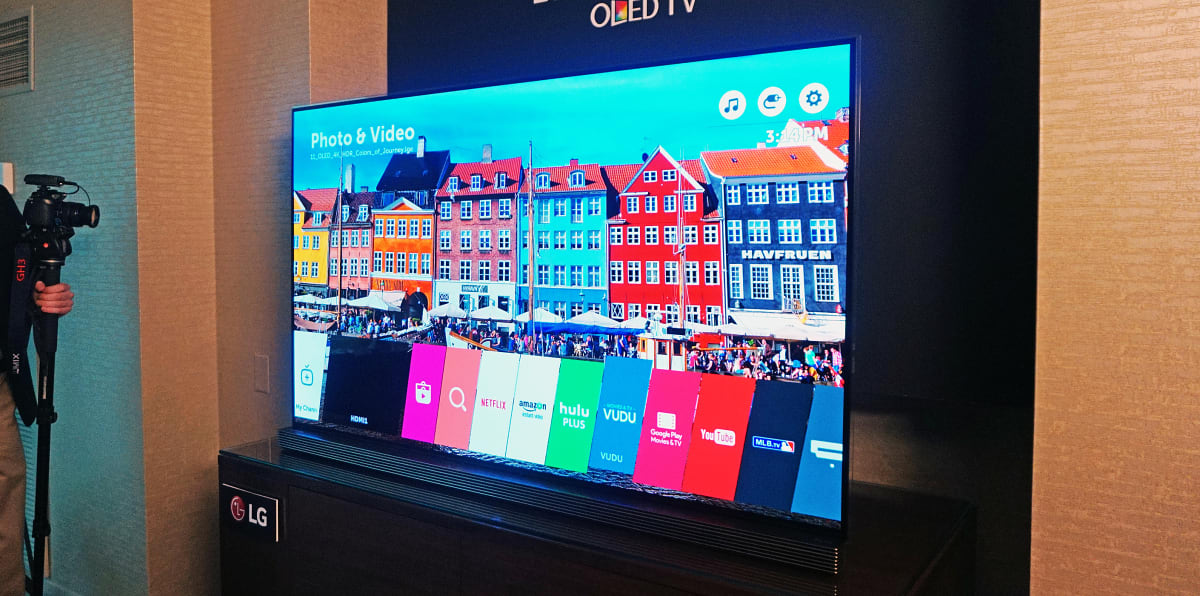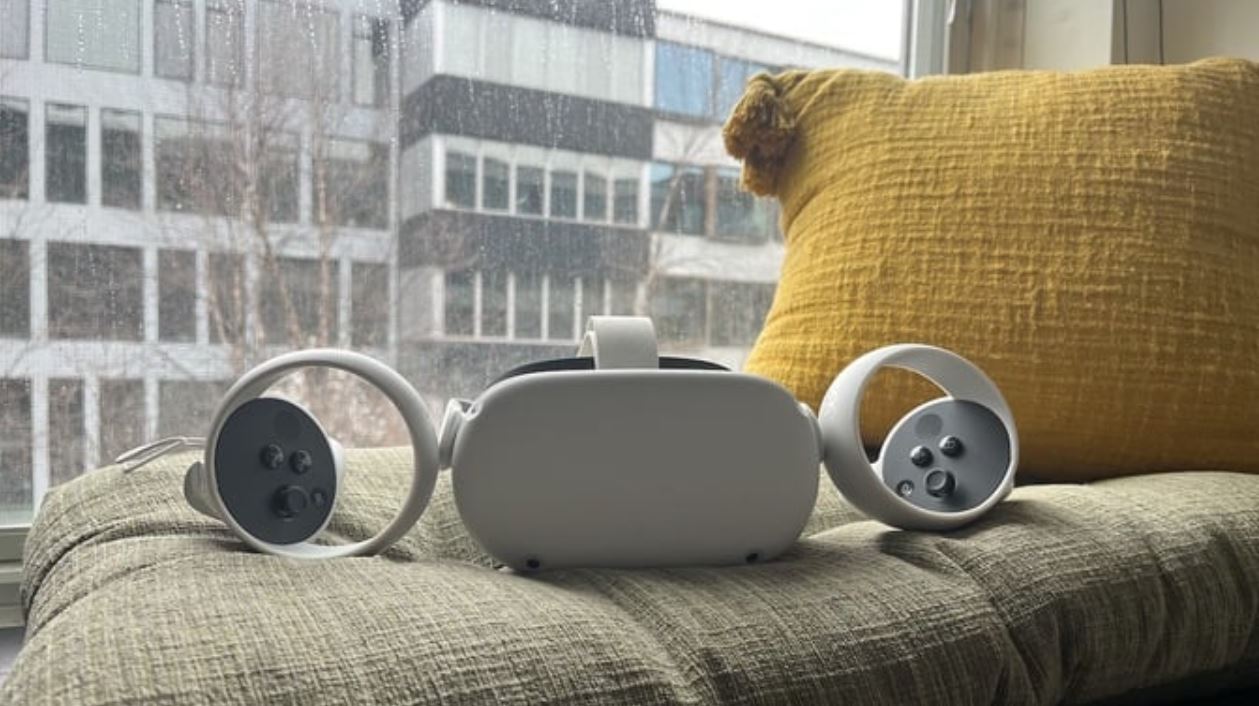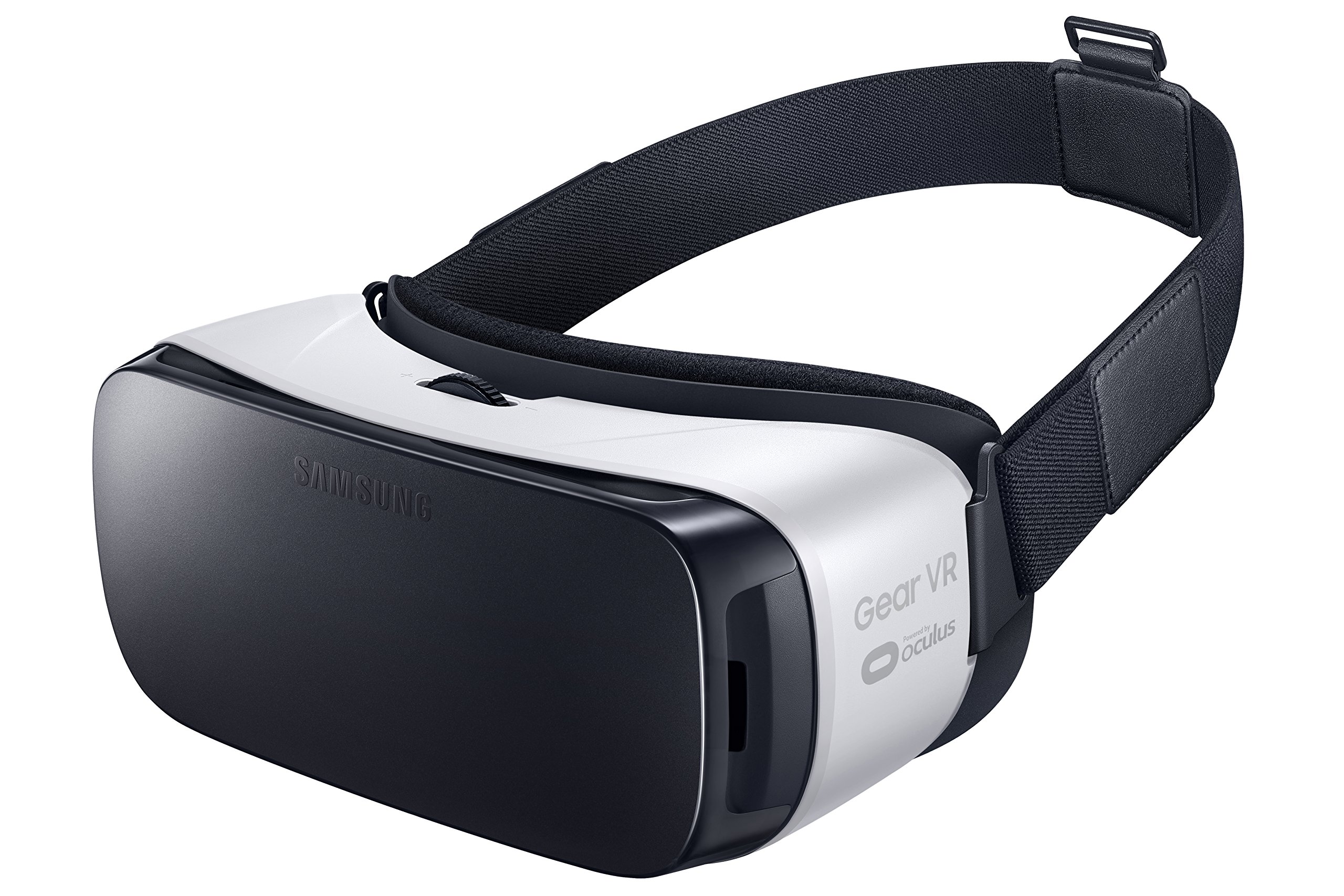Introduction
The year 2016 witnessed an array of innovative and advanced smartphones hitting the market, making it a daunting task for consumers to choose the best one. With so many options available, it’s important to consider various factors such as design, display quality, performance, camera performance, battery life, operating system, and additional features before making a decision.
These smartphones have become an integral part of our lives, serving not only as communication devices but also as personal assistants, entertainment centers, and digital wallets. The competition among smartphone manufacturers has resulted in the release of feature-rich and highly capable devices, catering to the diverse needs and preferences of consumers.
In this article, we will delve into the various aspects and features that define the best smartphones of 2016. Whether you’re a photography enthusiast, a gaming enthusiast, or simply someone who prioritizes a long-lasting battery, we have got you covered. We will provide an overview of each category and highlight the top contenders in each area.
Moreover, we understand that budget plays a significant role in the decision-making process. Therefore, we will also discuss the price ranges and the overall value for money offered by these smartphones. Our aim is to provide you with the necessary information to make an informed choice when selecting your next smartphone.
So without further ado, let’s dive into the world of the best smartphones of 2016 and explore the features and capabilities that set them apart from the rest. Whether you’re an Android enthusiast or an iOS loyalist, there’s a smartphone out there that suits your needs and caters to your desires.
Design and Build Quality
When it comes to choosing the best smartphone, design and build quality are key factors to consider. In 2016, smartphones underwent significant transformations in terms of their design language and construction materials. From sleek and slim profiles to premium metal and glass bodies, manufacturers pushed the boundaries of aesthetics and craftsmanship.
One of the standout contenders in the design and build quality category is the iPhone 7 Plus. With its seamless aluminum unibody construction and clean lines, it exudes a sense of elegance and sophistication. The Samsung Galaxy S7 Edge, on the other hand, boasts a stunning curved display and a glass back that feels luxurious in hand.
Another noteworthy mention is the HTC 10, which showcases a refined design with its chamfered edges and precise detailing. Its all-metal body not only gives it a premium look but also adds durability to withstand daily wear and tear. For those seeking a unique design, the LG G5 offers a modular concept where the bottom can be removed to attach additional accessories.
In terms of ergonomics, the Google Pixel stands out with its compact size and comfortable grip. The OnePlus 3T impresses with its slim profile and lightweight build, making it easy to handle. Furthermore, smartphones like the Sony Xperia XZ and Huawei P9 experiment with a combination of glass and metal to achieve a sleek, high-end appearance.
It’s worth mentioning that while design preferences may vary from person to person, all the top smartphones of 2016 feature solid build quality and attention to detail. These devices are often water and dust resistant, ensuring durability in various environments. The use of premium materials not only enhances the overall feel but also contributes to the longevity of the devices.
The design and build quality of a smartphone play a crucial role in enhancing the user experience. A well-designed device not only looks impressive but also feels comfortable in hand, making it a pleasure to use on a daily basis. Whether you prioritize a sleek and premium design or prefer a more rugged and durable build, there’s a smartphone in 2016 that suits your style and meets your expectations.
Display Quality
In the ever-evolving world of smartphones, display quality has become a crucial aspect to consider when choosing the best device. The year 2016 witnessed significant advancements in display technology, delivering stunning visuals and immersive viewing experiences.
One of the standout performers in this category is the Samsung Galaxy S7 Edge, known for its stunning 5.5-inch Quad HD Super AMOLED display. The curved edges not only add aesthetic appeal but also enhance the overall viewing experience by providing an edge-to-edge display. The colors are vibrant, with deep blacks and excellent contrast.
The Apple iPhone 7 Plus also boasts an incredible display, with its 5.5-inch Retina HD display providing sharp and crisp visuals. The wide color gamut ensures accurate and true-to-life colors, while the high brightness levels make outdoor viewing a breeze.
LG took a different approach with the LG G5, introducing an IPS LCD display with a unique always-on feature. This feature allows users to glance at the time, date, and notifications without fully waking up the device, conserving battery life. The colors are vibrant and accurate, and the display is sharp and detailed.
For those seeking a more immersive visual experience, the Google Pixel XL offers a 5.5-inch AMOLED display with rich colors and deep blacks. The OnePlus 3T also impresses with its Optic AMOLED display, delivering vibrant colors and sharp visuals.
Additionally, companies like Sony and HTC have also made their mark in display quality. The Sony Xperia XZ features a 5.2-inch Full HD display with excellent color accuracy, while the HTC 10 boasts a 5.2-inch Quad HD display with stunning visuals and sharpness.
It’s important to consider factors such as resolution, color accuracy, contrast levels, and viewing angles when evaluating display quality. The best smartphones of 2016 not only excel in these areas but also provide adaptive display technologies to ensure optimal performance in varying lighting conditions.
Whether you’re a movie buff, a mobile gamer, or simply an avid reader, the smartphone displays of 2016 offer an immersive and visually stunning experience. These devices elevate the way we consume media and interact with content, making them an essential criterion when choosing the best smartphone.
Performance
Performance is a critical aspect of any smartphone, as it directly impacts the overall user experience. In 2016, smartphone manufacturers pushed the boundaries of performance, introducing powerful processors, ample RAM, and efficient software optimizations to ensure smooth and lag-free operation.
Apple’s iPhone 7 Plus, powered by the A10 Fusion chip, showcased exceptional performance. It delivered blazing fast speeds and handled graphically intensive tasks with ease. The combination of the powerful chipset and Apple’s seamless software integration made it a top performer in the market.
Android devices such as the Samsung Galaxy S7 Edge and Google Pixel XL also showcased impressive performance. With powerful processors like the Snapdragon 820 and Snapdragon 821 respectively, these devices provided excellent multitasking capabilities and handled demanding tasks effortlessly.
The OnePlus 3T, known for its high-end specifications and budget-friendly price, impressed users with its exceptional performance. Equipped with the Snapdragon 821 chipset and 6GB of RAM, it delivered smooth and lag-free performance, even when handling resource-intensive applications and games.
Another key player in the performance category was the HTC 10. Powered by the Snapdragon 820 chipset and 4GB of RAM, it delivered snappy performance and quick app load times. It handled multitasking with ease, offering a seamless experience to users.
When evaluating performance, it’s important to consider factors like the responsiveness of the user interface, app launch times, and the ability to handle multiple processes simultaneously. The best smartphones of 2016 excelled in these areas, providing a smooth and fluid user experience.
Furthermore, software optimizations played a crucial role in enhancing performance. Both Android and iOS devices witnessed improvements in terms of operating system stability and efficiency. Manufacturers focused on creating a seamless user interface that worked harmoniously with the hardware, resulting in a smooth and hassle-free smartphone experience.
Overall, the best smartphones of 2016 offered exceptional performance, with fast and powerful processors, generous amounts of RAM, and efficient software optimizations. These devices allow users to effortlessly navigate through apps, enjoy gaming without lag, and switch between tasks seamlessly, enhancing productivity and overall satisfaction.
Camera Performance
One of the most important features for many smartphone users is the camera performance. In 2016, smartphone manufacturers made significant strides in improving the quality of smartphone cameras, elevating mobile photography to a whole new level.
The iPhone 7 Plus emerged as a front-runner in this category with its dual-camera setup. The combination of a wide-angle lens and a telephoto lens allowed users to capture stunning photos with improved depth of field and optical zoom capabilities. The image quality was exceptional, with accurate colors and great detail even in challenging lighting conditions.
Samsung’s Galaxy S7 Edge also made a mark with its camera performance. The 12-megapixel rear camera delivered sharp and vibrant images, even in low-light situations. The fast autofocus and optical image stabilization ensured that images were clear and free from blur.
The Google Pixel XL, with its 12.3-megapixel camera and advanced software algorithms, impressed users with its ability to capture stunning photos. The HDR+ mode provided excellent dynamic range, resulting in well-balanced exposures and vibrant colors.
In addition to these flagship smartphones, companies like LG and Sony also showcased their camera prowess in 2016. The LG G5 introduced a unique dual-camera setup with a standard lens and a wide-angle lens, allowing users to capture a broader field of view. Sony’s Xperia XZ, on the other hand, featured a camera with innovative triple sensing technology, ensuring accurate colors and fast image processing.
It’s worth noting that the camera capabilities of smartphones extended beyond still photography. Many devices, including the iPhone 7 Plus and the Samsung Galaxy S7 Edge, excelled in video recording as well. They offered features like optical image stabilization and 4K video recording, enabling users to capture professional-quality videos.
Software enhancements, such as advanced image processing algorithms and various shooting modes, also contributed to the improved camera performance. Features like HDR, panorama, and manual controls allowed users to unleash their creativity and capture stunning photos in a variety of situations.
Overall, the best smartphones of 2016 showcased impressive camera performance, capturing sharp, detailed, and vibrant images. Whether you’re an amateur photographer or a mobile photography enthusiast, these devices allowed users to capture memorable moments with ease and exceptional image quality.
Battery Life
Battery life is a crucial aspect to consider when choosing a smartphone, as it determines the device’s longevity and ability to keep up with your daily usage. In 2016, smartphone manufacturers made significant improvements in battery technology, resulting in devices with longer battery life and faster charging capabilities.
The Google Pixel XL stood out in terms of battery life, with its 3450mAh battery providing all-day usage. The efficient software optimizations and power-saving features ensured that users could go through a day without the need for frequent recharges. Additionally, the device supported fast charging, enabling users to quickly top up their battery when needed.
Another device that excelled in battery life was the OnePlus 3T. With its 3400mAh battery and efficient hardware and software optimizations, the device offered impressive battery longevity. The Dash Charge technology allowed for rapid charging, ensuring that users could quickly recharge their device and get back to using it.
Samsung’s Galaxy S7 Edge also offered excellent battery life, thanks to its 3600mAh battery and power-saving features. The device intelligently managed power consumption, allowing users to get through a full day of usage without worrying about running out of battery.
Apple’s iPhone 7 Plus, known for its efficiency, offered improved battery life compared to its predecessors. The device’s 2900mAh battery, combined with software optimizations, allowed users to enjoy extended usage time, even with intensive tasks.
It’s important to note that battery life may vary based on individual usage patterns and settings. Factors such as screen brightness, app usage, and connectivity options can affect battery performance. However, the best smartphones of 2016 offered efficient battery management and power-saving features, enabling users to maximize usage time and minimize the need for frequent charging.
Furthermore, advancements in charging technologies made it easier than ever to recharge devices quickly. Devices like the OnePlus 3T and Google Pixel XL supported fast charging technologies, allowing users to get a significant amount of charge in a short period.
Overall, the best smartphones of 2016 showcased improved battery life, offering users the convenience of all-day usage without compromising performance. With efficient power management and fast charging capabilities, these devices addressed one of the most common concerns of smartphone users – running out of battery at the most inconvenient times.
Operating System and User Interface
The operating system and user interface of a smartphone play a crucial role in the overall user experience. In 2016, both Android and iOS underwent significant updates and introduced new features to enhance usability and provide a seamless and intuitive interface for users.
Apple’s iOS, known for its simplicity and smooth performance, received a major update with the release of iOS 10. The new operating system brought a refreshed design, improved notifications, and enhanced functionality to the iPhone 7 Plus and older iPhone models. The user interface remained consistent and familiar, making it easy for long-time Apple users to adapt to the changes.
On the Android side, 2016 saw the release of Android 7.0 Nougat, which introduced a range of new features and enhancements. Manufacturers like Samsung, LG, and Google incorporated these updates into their devices, providing users with a clean and intuitive user interface. Android Nougat brought features like split-screen multitasking, improved notifications, and enhanced security measures, further enhancing the user experience.
Furthermore, manufacturers like Samsung and LG introduced their own custom user interfaces, namely Samsung’s TouchWiz and LG’s UX. These interfaces offered additional features and customization options to users, allowing them to tailor the user interface to their preferences. However, it’s worth noting that custom interfaces can sometimes lead to added complexity and a longer learning curve for new users.
Both Android and iOS devices provided extensive app ecosystems, allowing users to choose from a wide variety of applications to enhance their smartphone experience. The availability of popular apps and the robustness of the app stores made both platforms highly versatile and capable of meeting users’ needs, whether they were gaming enthusiasts, productivity-focused individuals, or social media enthusiasts.
In terms of updates and support, Apple has consistently provided timely and long-term updates for its devices, ensuring that users receive the latest features and security patches. Android, on the other hand, relies on device manufacturers to deliver updates, which can result in delays or variations in the availability of updates across different devices.
In summary, the best smartphones of 2016 offered operating systems and user interfaces that prioritized simplicity, performance, and customization. Whether you prefer the seamless and intuitive experience of iOS or the openness and flexibility of Android, both platforms offered a range of features and functionalities to enhance the overall user experience.
Additional Features
In addition to the core functionalities, the best smartphones of 2016 came packed with a range of additional features to enhance the overall user experience. These features aimed to provide convenience, security, and entertainment to users, making the devices more than just communication tools.
One of the standout features was fingerprint recognition. Many flagship smartphones incorporated fingerprint scanners for secure and convenient unlocking. This feature offered users an added layer of security by allowing them to unlock their devices or authorize payments using their fingerprint. Devices like Apple’s iPhone 7 Plus and Samsung’s Galaxy S7 Edge showcased fast and accurate fingerprint scanners for seamless navigation and authentication.
Another notable feature was water and dust resistance. Devices like the Samsung Galaxy S7 Edge and the iPhone 7 Plus were equipped with an IP68 rating, making them resistant to water and dust. This meant that users could use their devices in challenging environments without worrying about water damage.
Fast charging technologies also became commonplace in 2016. Devices like the OnePlus 3T and Google Pixel XL featured rapid charging capabilities, allowing users to quickly recharge their devices and get back to using them. This feature was particularly beneficial for users who were always on the go and needed a quick boost of battery life.
Virtual Reality (VR) capabilities were also introduced in several smartphones. The Samsung Galaxy S7 Edge, for example, featured compatibility with the Gear VR headset, providing users with an immersive virtual reality experience right from their smartphones. This opened up new possibilities for gaming, entertainment, and even education.
Furthermore, improved audio capabilities were a focus in 2016. Smartphones like the HTC 10 and LG G5 featured high-quality audio chips and optimized audio systems, providing users with exceptional audio performance. Whether listening to music or watching videos, these devices offered a superior audio experience.
Other additional features included expandable storage options, infrared blasters for controlling electronic devices, and advanced sensors for fitness tracking and virtual reality experiences.
The additional features provided by smartphones in 2016 added value and convenience to users’ lives. Whether it was enhanced security, efficient charging, immersive VR experiences, or high-quality audio, these features made the devices more versatile and appealing to a wide range of users with varying preferences and needs.
Price and Value for Money
Price is a significant factor to consider when purchasing a smartphone, as it determines the overall value for money. In 2016, smartphone manufacturers offered a wide range of devices at varying price points, catering to different budgets and consumer preferences.
The flagship smartphones of the year, such as the iPhone 7 Plus, Samsung Galaxy S7 Edge, and Google Pixel XL, were priced at a premium. These devices offered top-notch performance, stunning displays, impressive cameras, and premium build quality. While they came with a higher price tag, they provided exceptional value in terms of overall experience and cutting-edge features.
For budget-conscious buyers, devices like the OnePlus 3T and Moto G4 Plus offered great value for money. These devices packed impressive specifications, such as powerful processors, ample RAM, and good camera performance, at a significantly lower price point compared to their flagship counterparts. They proved to be excellent choices for those seeking a balance between performance and affordability.
In addition, some mid-range devices also provided a solid combination of features and affordability. Devices like the Huawei P9 Lite and the Xiaomi Redmi Note 3 offered reliable performance, decent cameras, and good build quality at a fraction of the cost of flagship smartphones. These devices were well-suited for budget-conscious consumers who didn’t want to compromise too much on performance and essential features.
It’s worth noting that value for money can vary depending on individual needs and preferences. Some users may prioritize a great camera, while others may prioritize long battery life or a sleek design. Therefore, it’s important for buyers to identify their specific requirements and compare them against the price and features offered by different devices before making a purchase.
Additionally, it’s worth considering the long-term value of a device in terms of software updates and support. Manufacturers like Apple consistently provide software updates for a longer duration compared to some Android manufacturers, ensuring that users receive the latest features and security patches, making their devices more future-proof.
In summary, the best smartphones of 2016 offered a range of options at different price points, catering to varying budgets and preferences. While flagship devices provided cutting-edge features and premium experiences, there were also budget-friendly options that offered great value for money without compromising too much on performance and essential features. Analyzing individual needs and comparing prices against features is crucial when determining the overall value of a smartphone.
Conclusion
The year 2016 brought forth an impressive lineup of smartphones, each with unique features and capabilities that catered to the diverse needs and preferences of consumers. From design and build quality to display quality, performance, camera capabilities, battery life, and additional features, these devices showcased the best that technology had to offer.
In terms of design and build quality, smartphones like the iPhone 7 Plus, Samsung Galaxy S7 Edge, and HTC 10 stood out with their premium materials, sleek profiles, and attention to detail. These devices not only looked stunning but also offered durability to withstand daily use.
Display quality was another area where smartphones excelled in 2016. From the vibrant Super AMOLED displays of the Samsung Galaxy S7 Edge to the sharp and accurate Retina HD display of the iPhone 7 Plus, these devices offered immersive viewing experiences with vivid colors and excellent contrast.
Performance was a key aspect that was taken to new heights in 2016. Devices like the iPhone 7 Plus, Samsung Galaxy S7 Edge, Google Pixel XL, OnePlus 3T, and HTC 10 showcased powerful processors and efficient software optimizations, delivering smooth and lag-free performance even during resource-intensive tasks.
Camera performance saw significant improvements in 2016, with devices like the iPhone 7 Plus, Samsung Galaxy S7 Edge, Google Pixel XL, and LG G5 capturing stunning photos with exceptional detail and color reproduction. These devices raised the bar for mobile photography and allowed users to capture memorable moments with ease.
Battery life was another area where smartphones made strides. Devices like the Google Pixel XL, OnePlus 3T, and Samsung Galaxy S7 Edge offered efficient battery management and fast charging capabilities, ensuring that users could go through a full day without worrying about running out of power.
The operating systems and user interfaces of 2016 were refined and intuitive, providing seamless navigation and customization options. Whether it was the simplicity and elegance of iOS or the openness and versatility of Android, both platforms offered a range of features and functionalities that enhanced the overall user experience.
Additionally, smartphones in 2016 featured a range of additional features such as fingerprint recognition, water and dust resistance, fast charging technologies, virtual reality capabilities, and advanced audio systems, further enhancing the value and convenience that these devices provided.
Value for money was also addressed, with flagship devices offering cutting-edge features and exceptional experiences, while budget-friendly options provided a balance between affordability and performance.
In conclusion, the best smartphones of 2016 showcased innovation and excellence in design, performance, camera capabilities, battery life, and user experience. Whether you were looking for a device with top-of-the-line features or a budget-friendly option that didn’t compromise on essential functionalities, there was a smartphone in 2016 that catered to your needs and preferences. As technology continues to evolve, it will be exciting to see the advancements and innovations that future smartphones bring to the table.







